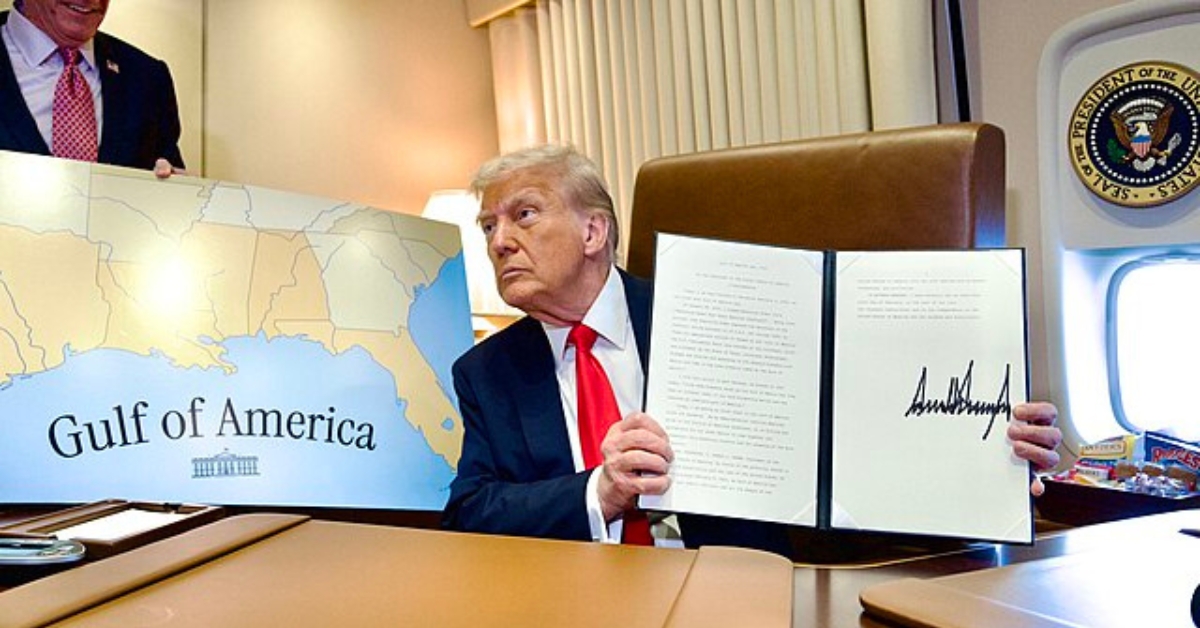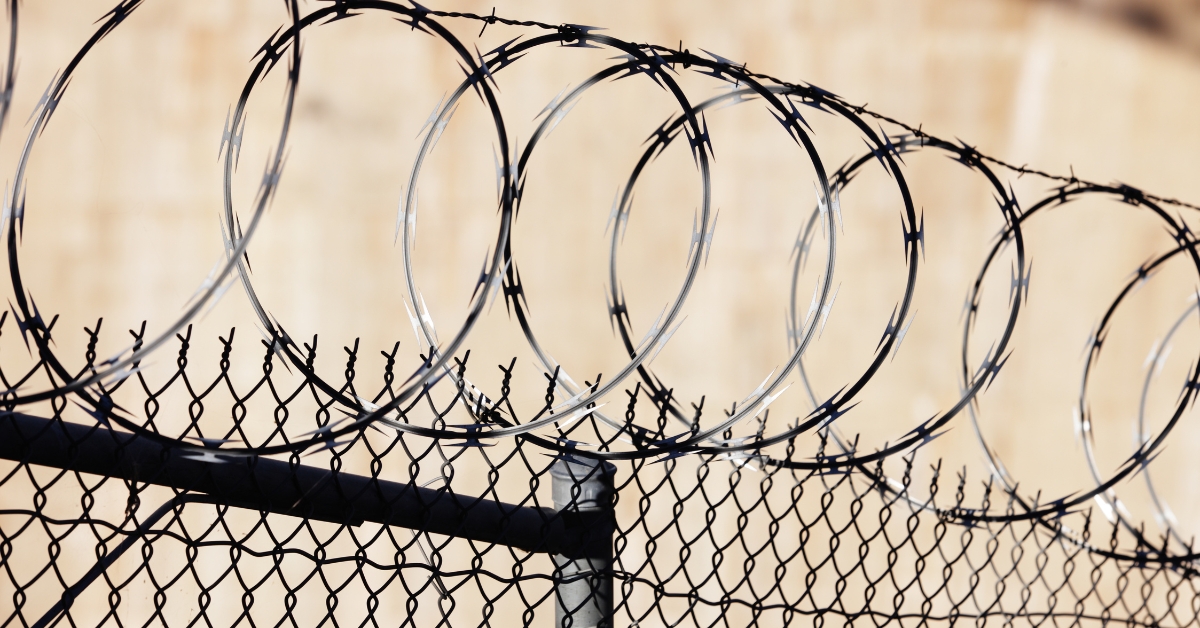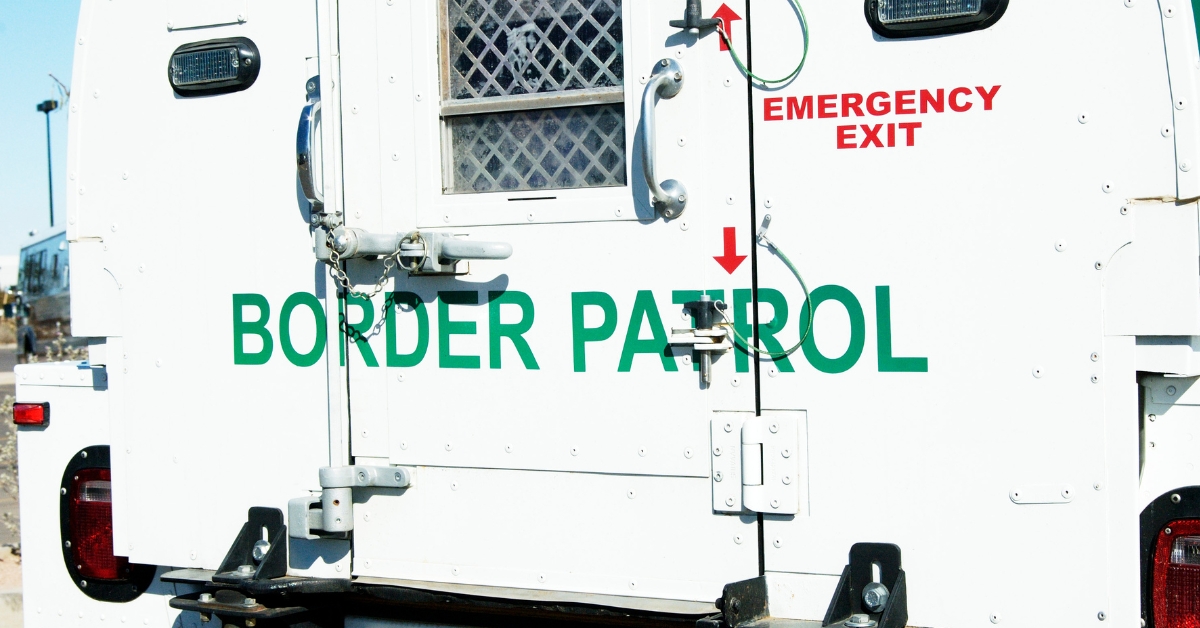
Is America’s Infrastructure Robust Enough? Baltimore Bridge Collapse
In the early hours of Tuesday, Baltimore was rocked by a shocking event. The Francis Scott Key Bridge vanished into the Patapsco River after a colossal cargo ship crashed into one of its pillars, breaking the bridge apart. As search teams rush to account for several missing individuals, the incident has left many questioning how such a disaster could occur.
John Pistorino, a well-respected structural engineer, couldn’t hide his shock that a cargo ship could lay waste to an entire bridge. Many echo his surprise that a ship could topple the bridge so easily. As some may recall, a similar disaster befell Tampa’s Sunshine Skyway Bridge not so long ago. Tampa responded with underwater barriers—a smart move that Baltimore sadly didn’t emulate.
Pistorino hammered home the critical need for “redundancy” in our bridge designs, a safeguard ensuring that if one part fails, the structure can still stand. It’s a fail-safe tragically absent in too many American bridges, leaving them vulnerable to collapse over the smallest faults.
The Bridge Collapse Calls into Question America’s Infrastructure
This incident should be a blaring siren for America. Our infrastructure is aging and, frankly, unreliable. Baltimore’s bridge collapse is a reminder of how essential, yet fragile, these structures are and how quickly they can turn into rubble. As we dig into what went wrong, it’s abundantly clear: We must reevaluate and revamp our approach to building and maintaining our infrastructure.
We’re playing a dangerous game with outdated designs and safety measures that just don’t cut it anymore. Ensuring the resilience and safety of our nation’s infrastructure isn’t just important—it’s imperative. Without immediate and decisive action, we’re leaving ourselves open to not just tragedy, but to the avoidable failure of the very backbone of America.
This tragedy not only highlights the urgent need for advanced safety measures and design strategies in our infrastructure but also serves as a grim wake-up call to the fragility of such essential structures. A thorough reassessment of our approach to infrastructure safety and resilience is non-negotiable.














